we delivers enough to blog about
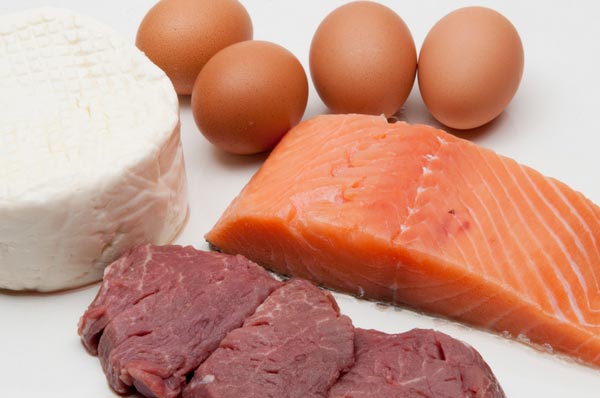
Thermic Effect of Food
The thermic effect of food is amount of energy burnt as a result of digesting either protein, carbs, fat or a combination of all three.
Some foods when digested cause the body to burn more energy during the digestion process and others hardly any.
So obviously if we are wanting to reduce body fat it would be beneficial to include more foods that have a higher thermic rate than foods that have a low thermic rate
We are still however applying the same rules of calorie balance ie burning more energy than we are consuming or consuming less energy than we are burning.
So what foods provide a higher thermic effect above zero?
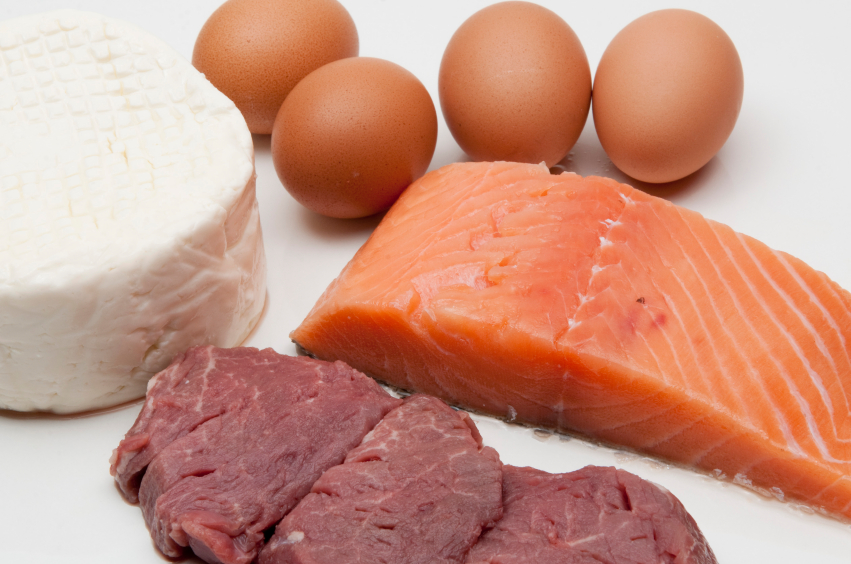
Protein sources such as animal protein, plant based protein and protein supplements can increase TEF by 20-30%.
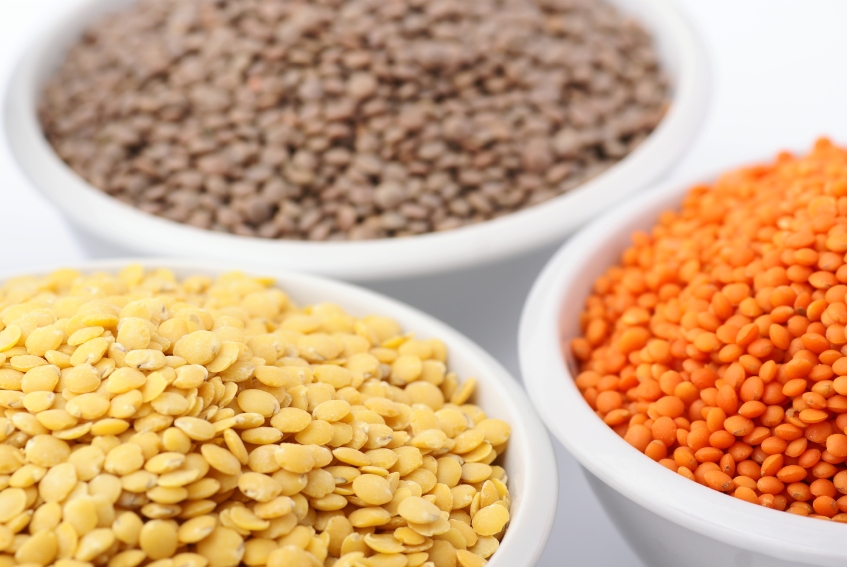
Carbs can have a TEF of around 5-15% however unprocessed, high fiber carbs will have a higher TEF up to 50% more. Examples of high fiber and high protein carbs such as beans, chickpeas, lentils, peas, quinoa and brown rice.
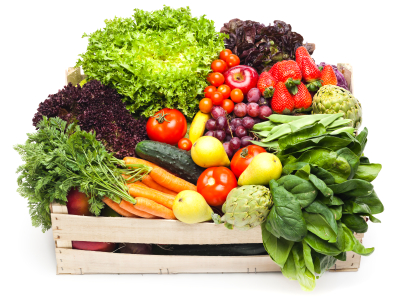
One study of subjects (overweight post-menopausal women) who followed a vegan diet which would made up solely of plant food saw an increased TEF of 16%
Another study looked at the difference between whole grain bread and white bread with whole grain bread showing a TEF of nearly 50% higher than that of white bread.
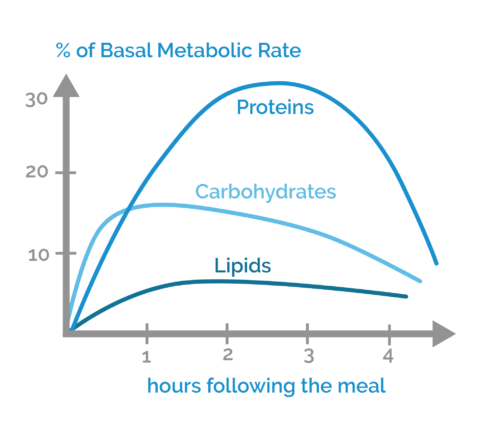
In terms of fat, in lean individuals the thermic effect of fat can be up to 14% however for overweight individuals it can be close to 0%. Medium chain triglycerides such as coconut oil appear to have the best thermal effect as opposed to short or long chain triglycerides.
One particular study linked below found that when medium chain triglycerides and chili was added to a meal the rate of thermogenesis increased by up to 50%.
When it comes to a mixed meal ie protein, unprocessed carbs and fat for lean individuals the thermogenic increase is around 25% and for overweight individuals the thermic effect is only 12%.
In conclusion, protein has the highest TEF of all of the macro-nutrients. Carbohydrate sources that are unprocessed and high in
fiber also have a higher thermic effect than processed carbs, think brown rice or quinoa over white rice, high fiber vegetables like
broccoli or cabbage over potatoes and also legumes such as chickpeas and lentils that are also high in fiber and protein. Medium chain triglycerides such as coconut oil have the highest thermic effect of fat sources.
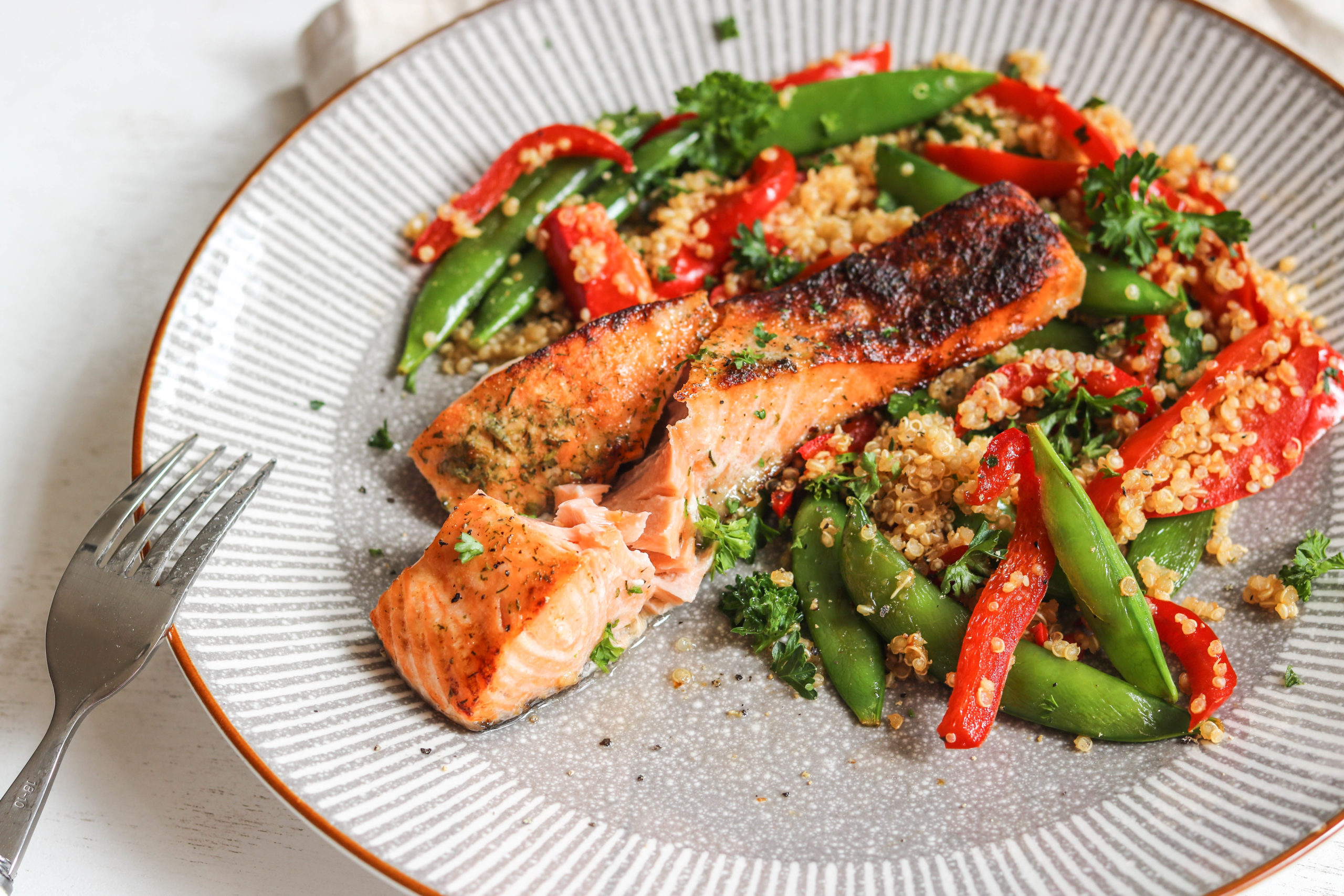
Mixed meals of protein, carbs and fat however have the highest thermic response.
An example of a days eating could be as follows:
Breakfast: Scrambled eggs with spinach, mushrooms, avocado and brown rice if carbs are required.
Lunch: Salmon with mixed salad and olive oil dressing. Quinoa if carbs are required.
Dinner: Roasted chicken with mixed roasted vegetables.
Snack: Mixed berry protein smoothie. Protein powder, mixed frozen berries and coconut oil
Snack: Yoghurt, blueberries, almonds
So the common theme for each meal is protein source, high fibrous plant food, unprocessed carbs if required and healthy fats.
The other factor that affects the TEF is body composition. The less excess weight or fat you are carrying the better the thermic effect of
food will be.
Sources
https://www.gigacalculator.com/calculators/thermic-effect-food-calculator.php
https://www.ncbi.nlm.nih.gov/pmc/articles/PMC2897733/
https://www.researchgate.net/publication/332668404_The_Thermic_Effect_of_Food_A_Review
